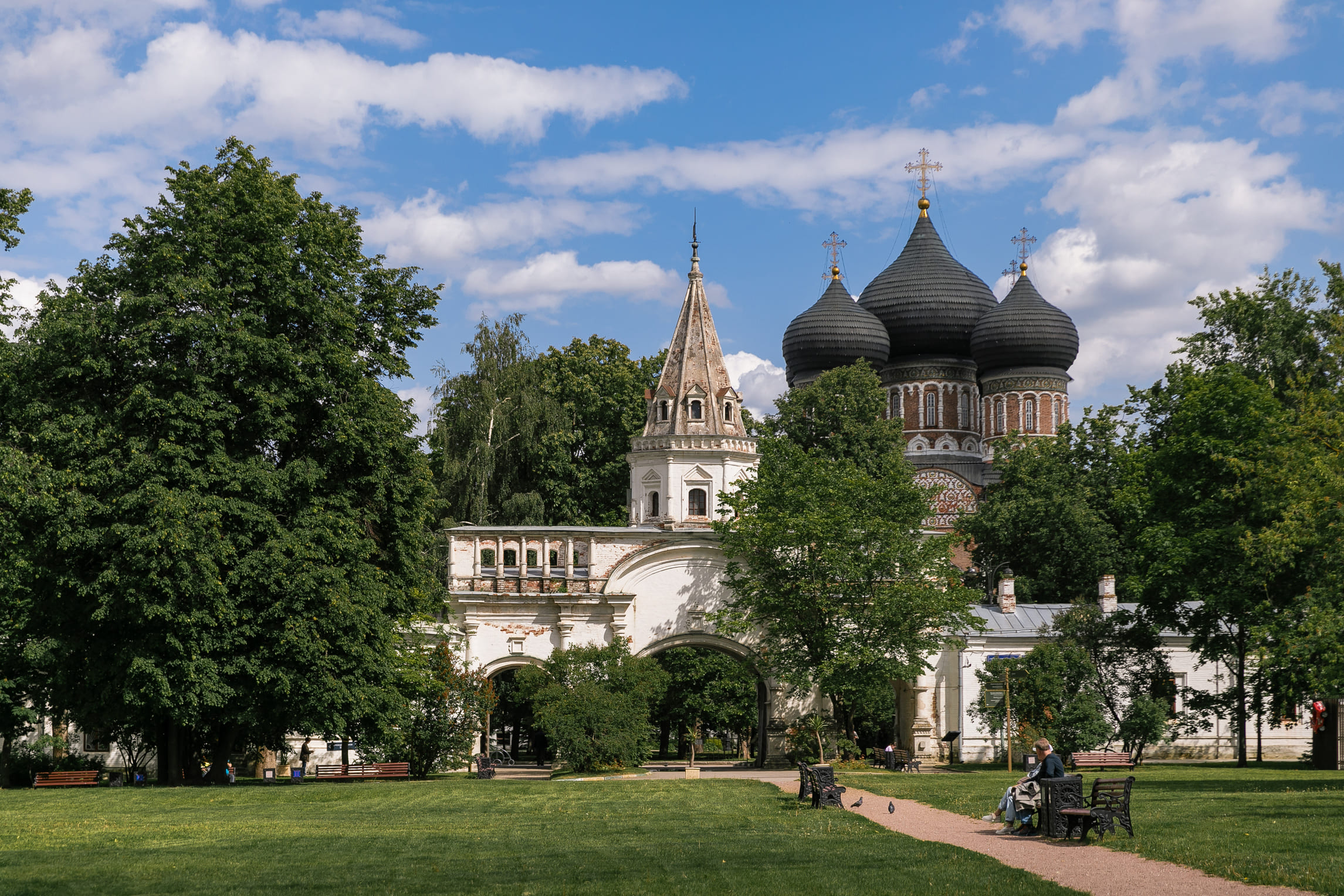
Izmailovo Estate
Izmailovo is a former country residence of the Russian tsars, located on the only man-made island in Moscow.
In the 1660s, by order of Tsar Alexey Mikhailovich, Serebryany and Vinogradny ponds were dug in the floodplain of the Serebryanka River, and a man-made island appeared. It became the center of the largest experimental farm of its time. It was here that Peter I found the old boat “ St. Nicholas”, which became known as “the grandfather of the Russian fleet”. Later on, the young emperor’s passion for navigation led to the creation of the Russian Navy.
In the XIX century, by the order of Emperor Nicholas I, a military almshouse for veterans was founded on the Izmailovo Island in commemoration of the victory in the Patriotic War of 1812. The complex was built according to the project of architect Konstantin Ton.
After the October Revolution of 1917, one of the first worker's settlements in Moscow was set on the island. In the 1970s, scientific, restoration and museum organizations were located here.
In 2007, the Izmailovo estate became part of the Moscow State Integrated Art and Historical, Architectural and Natural Landscape Museum-Reserve. At the moment, the estate is an object of cultural heritage of federal significance and a specially protected natural area.
MAIN SIGHTS
EXHIBITIONS AND EXPOSITIONS
The exposition “Izmailovo — the royal patrimony of XVII century” tells about the golden era of the Izmailovo estate. Here you will see a unique collection of drawings of Izmailovo lands, tiles, agricultural tools, monuments of wooden and white stone carvings, an authentic water pipe of the XVII century, bricks with the stamps of the royal brick factories and a spyglass from the Venetian workshop of Leonardo Semitekolo.
The exhibition “Open storage. Stoves and tiles” displays the finest examples of architectural ceramics from the museum-reserve collection, which numbers about 16 thousand items. Among the exhibits you can see tiles decorated churches and other buildings, ceramic panels, as well as stove tiles. Through these examples, it is possible to trace how ceramics changed — from polychrome tiles of XVII century to painted narrative tiles of XVIII century.
The temporary exhibition “Light steps on the pavement” assembles more than 800 items to tell about the history of shoes in Russia from X to XXI centuries. Beside the shoes, the exhibition also displays costumes and accessories from different époques, posters, photographs, archive documents and interactive areas with multimedia content.